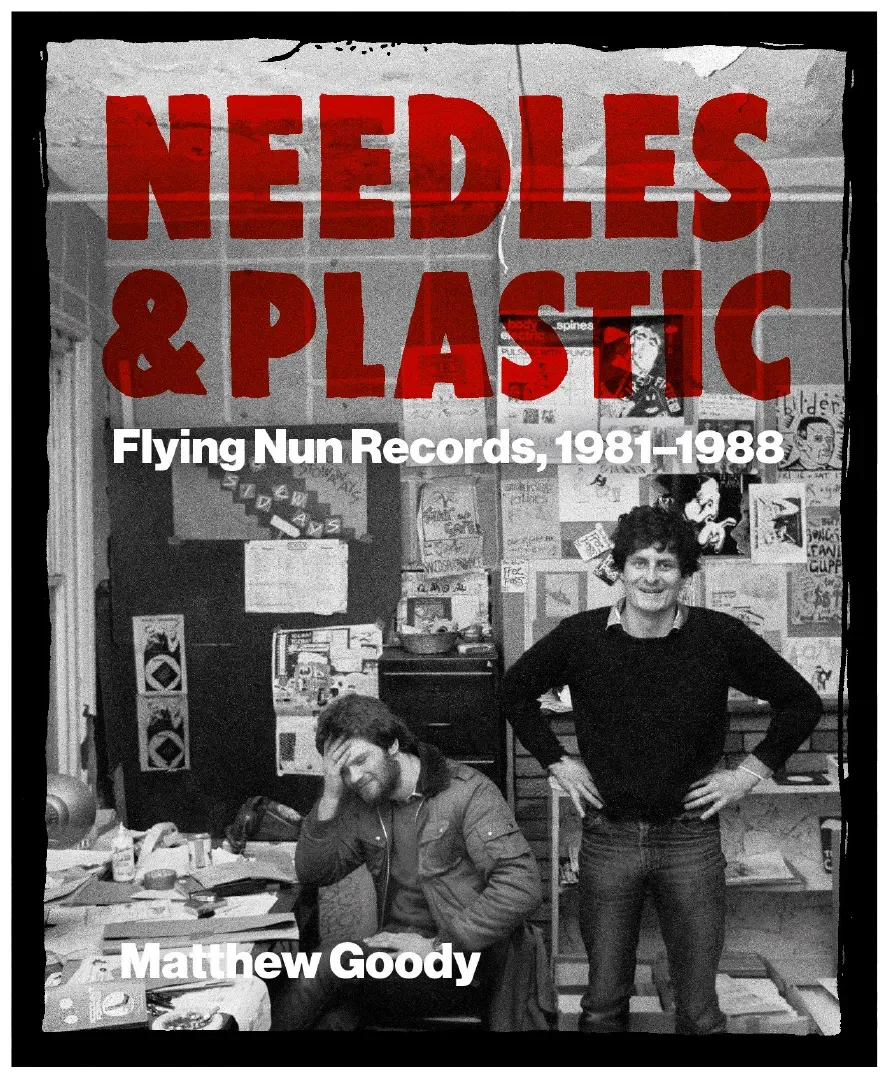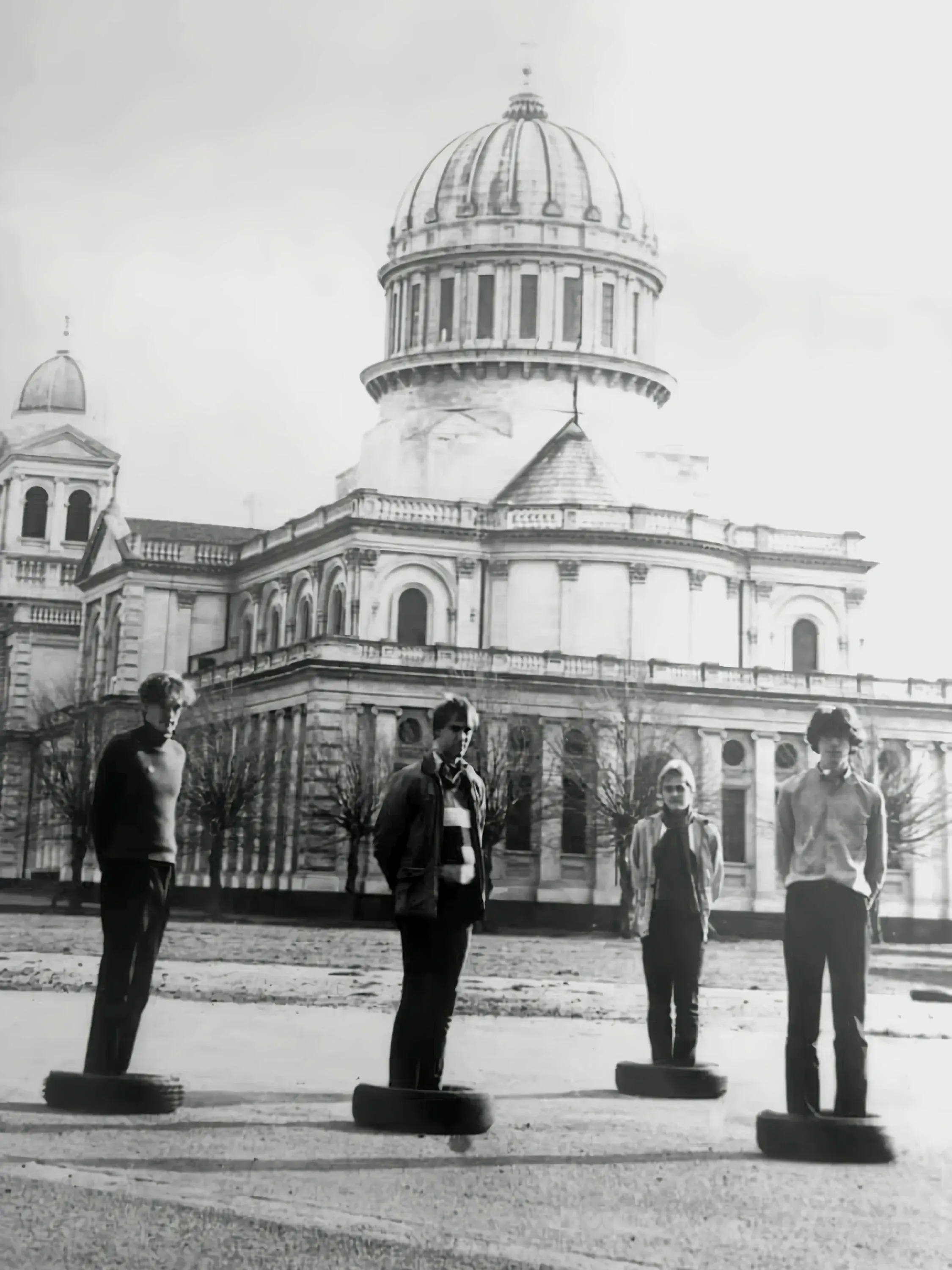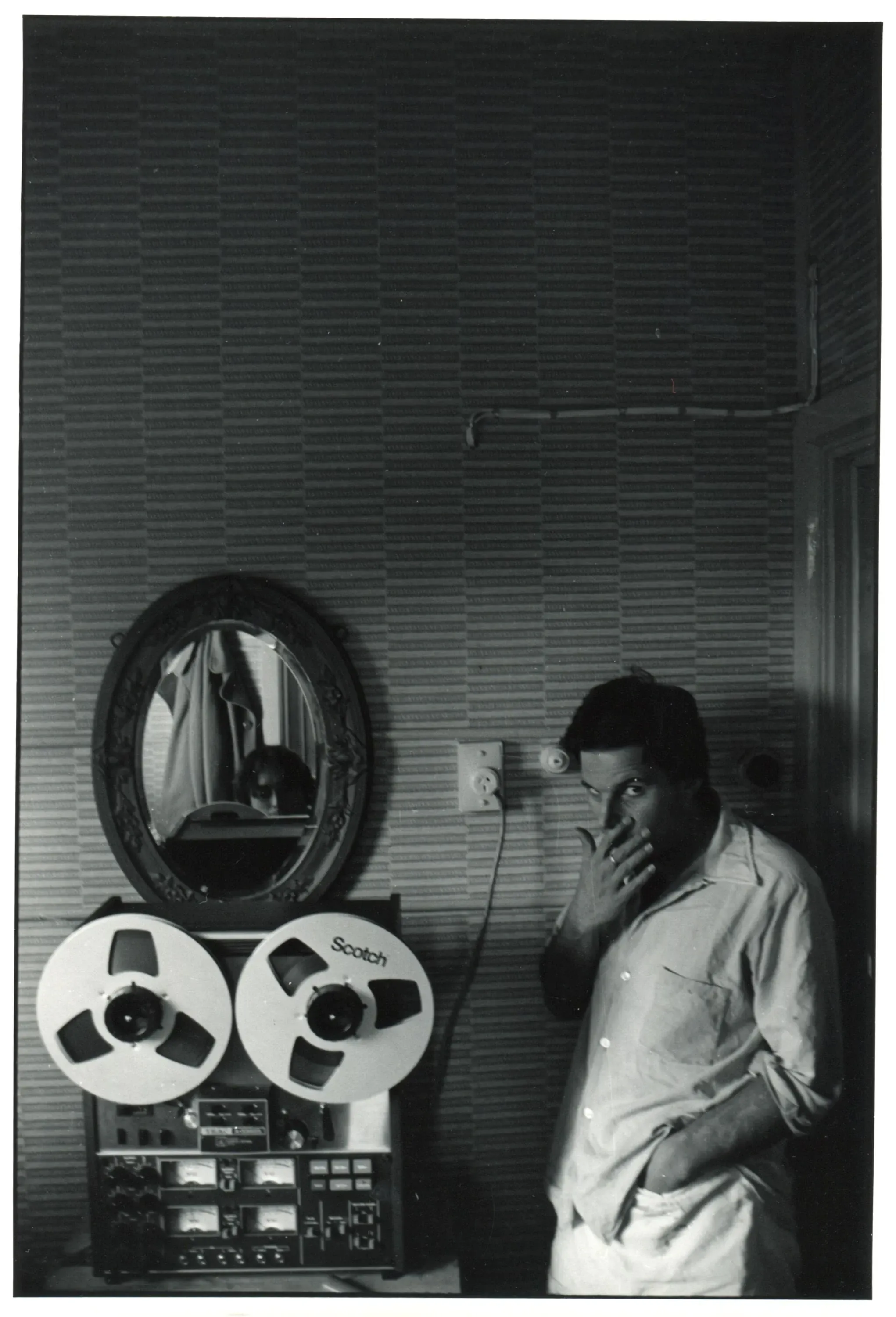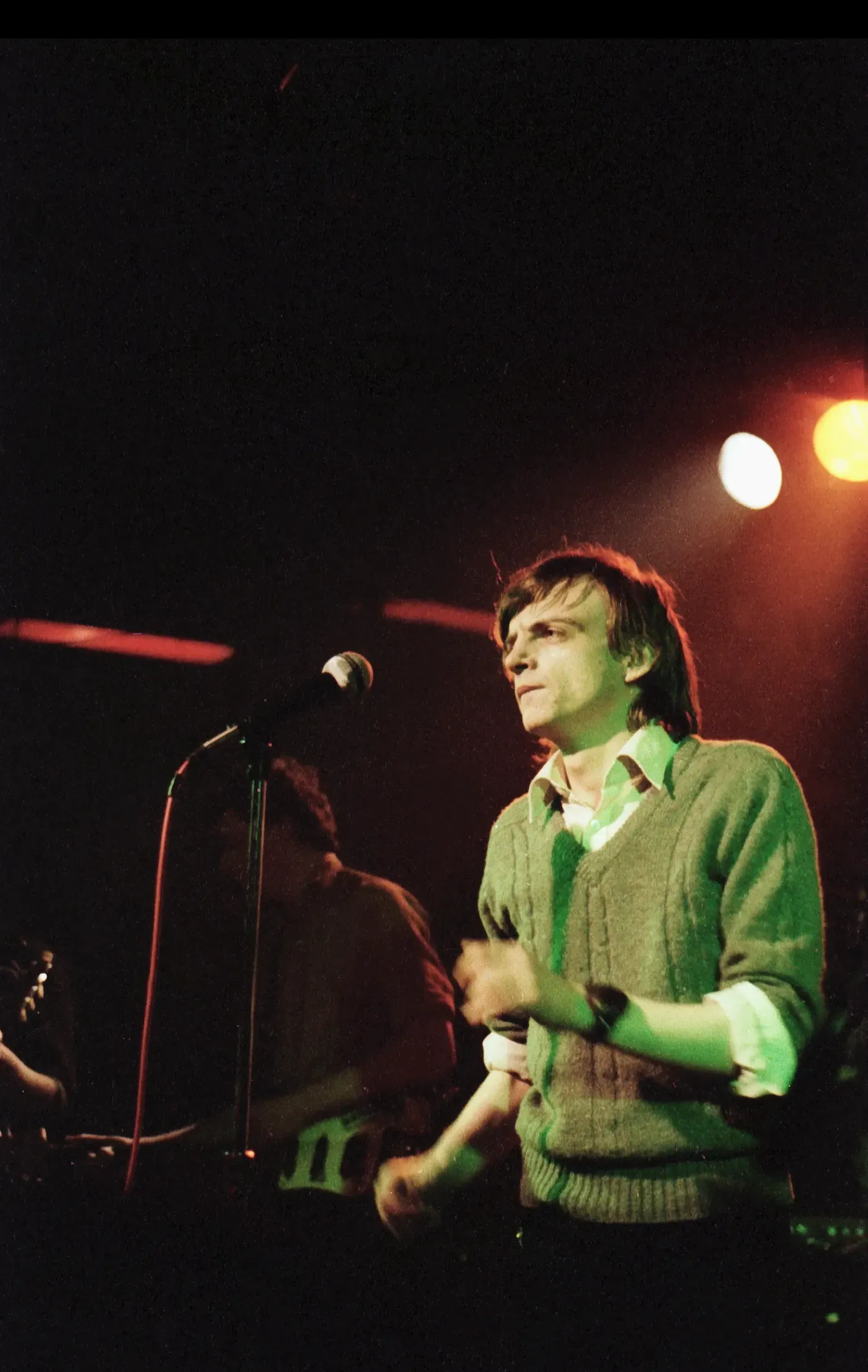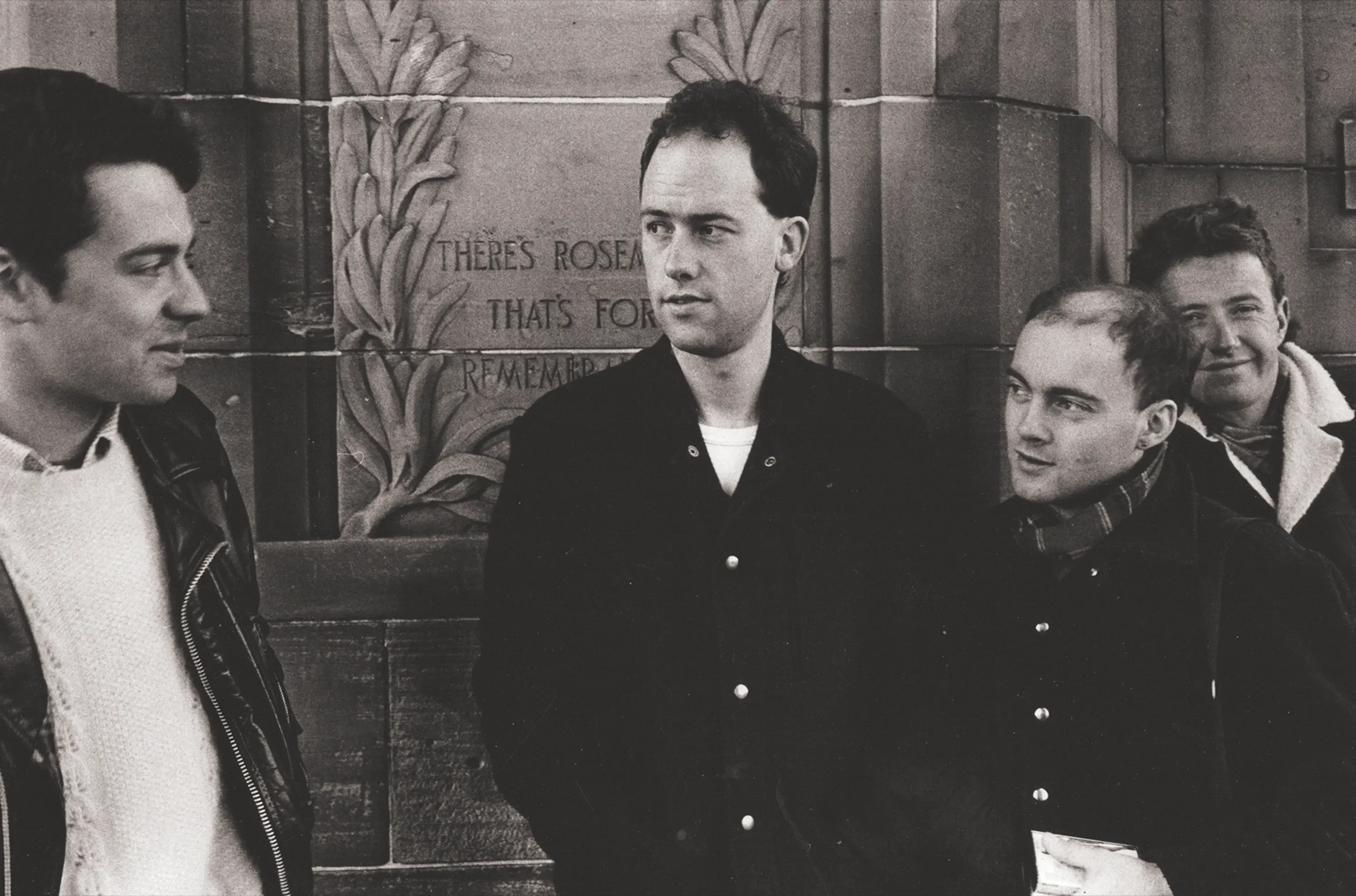Dedication And Devotion Defines Flying Nun Folklore
Written by
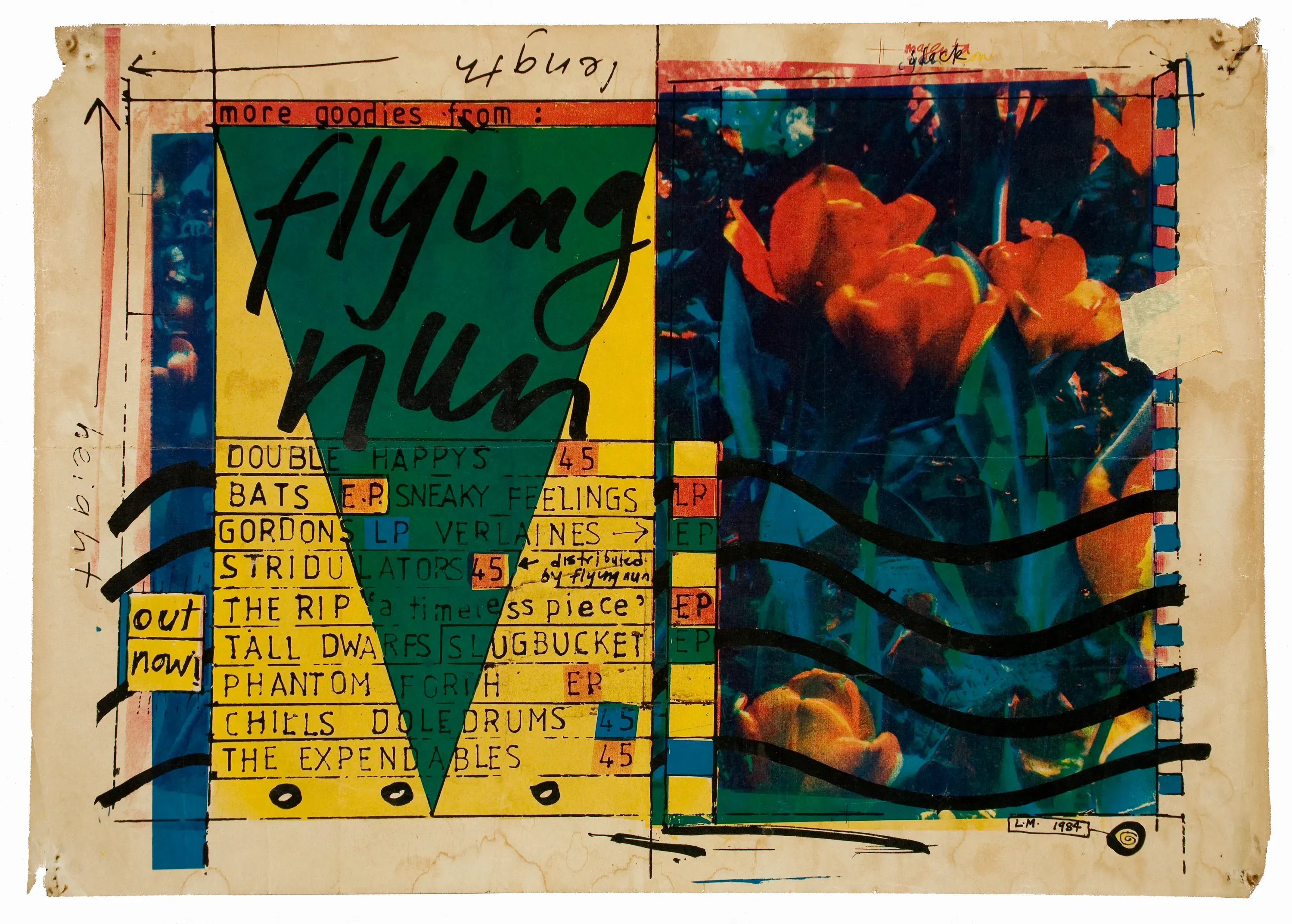
A Canadian publisher and alternative music obsessive has rewritten the famed early years of New Zealand’s celebrated independent record label - and it’s proved to be definitive.
It also took Matthew Goody - a self-confessed procrastinator - a decade of painstaking research, digging, interviews and crafted storylines to deliver his opus, the recently released book Needles & Plastic - Flying Nun Records, 1981-1988.
It covers an incredibly diverse streak of creativity that spawned legendary bands the Clean, the Chills, Verlaines, Sneaky Feelings, Tall Dwarfs, Straitjacket Fits, Bailter Space and many more - who are still revered in Aotearoa and internationally.
I discovered what made Goody tick via Zoom from his home in Vancouver, as he prepared to travel south, to redefine the gospel in the fabled land of Aotearoa.
Buried treasures
Many of our treasured memories vanish forever - the music and art scenes diversify into countless genres and variations. Sometimes, they can be salvaged. Turns out this inspired author and archivist is winding back the clock for veteran fans and protagonists .. but also trying to appeal to the curious and bring out a wealth of detail that got lost in the ether.
Goody told The Big Idea “it’s hard for a label to look after their history. They’re too busy trying to run a business and keep going as an active label, they can’t worry about what they were doing ten, twenty, forty years ago.
“It was a way - and partially for my own benefit - going back to rekindle what the label did, what these bands were doing … A lot of this had been forgotten or not documented properly.”
In some ways, Goody’s uncountable hours of digging through microfilms, delving deep into the alt recesses of the internet is to set the record straight - like in the closing chapter on the Verlaines’ album Bird Dog.
“Everywhere says it came out in 1987. Even Roger (Shepherd - the founder) in his memoir (In Love With These Times) says it came out in 1987. But it came out in 1988 … which might be a minor thing on the face of it … but it’s important if you consider why it came out in 1988 - because of the last pressing plant closing in New Zealand, Flying Nun the label in a small state of turmoil .. in terms of restructuring, how they make and distribute their records, where they’re going to be based - all that stuff was going on in the background.”
In love with turbulent times perhaps, for a dedicated record collector and younger fan, who’s Flying Nun fixation came when he was in London scouring the bins earlier this century - when he found a collection someone had offloaded.
The seed was sown, after taking home a slab of exotic vinyl from a band called This Kind of Punishment.
He pitched his grand idea to Sam Elworthy from Auckland University Press at the Frankfurt Book Fair, to begin a decade-long fixation and obsession - showing incredible perseverance, dedication and love.
Decade of dedication

Mainly Spaniards promotional shot. Photo: Kaye Woodward.
“Yeah, I mean, it shouldn't have taken me ten years,” Goody muses. “But I’m a terrible procrastinator and you know what it’s like - I had two kids along the way, which kind of distracted me, and other career things that pushed it on to the backburner.
“I was kinda stuck with it. I knew I had to do it.
“Frankly, with the pandemic, it was just a good opportunity to power through and gave me that opportunity to focus on it. That’s where I was able to finish it off.
“But the research took a long time - a lot longer than I thought it would. I was quite naive going in. I’m kind of obsessive about it - once I started, I was never satisfied. I’m still not satisfied.”

Mark E Smith of The Fall at Mainstreet, Auckland, 1982. Photo: Jonathan Ganley.
You can buy a copy of Needles and Plastic for around $70 dollars. That’s about what it costs for a new vinyl release. It’s tremendous value, given the extreme research, superb photos and layout alongside Goody’s succinct and honest versions of the truth 40 years on.
The process of making it chronologically flow - from the Clean’s classic Tally Ho until the Verlaines contentious album 8 turbulent years later - was a matter of processes, gameplans and flexibility.
“I focussed on the broader historical things that were happening to the label each year .. then kind of figured out if there were connections between releases to weave it together.
“I wrote everything about the Chills and Sneaky Feelings roughly at the same time .. Tally Ho was actually one of the last entries I wrote because I knew it was going to be one of the most momentous ones .. and I needed to tell a much longer story.”

The Chills, 1985 (Martin Phillipps, Alan Haig, Terry Moore and Peter Allison). Photo: Supplied.
Setting it straight
There is a big advantage to his relentless style of deep research and background checks. Goody doesn’t need to sugarcoat the facts, although Flying Nun wasn’t the only label trying to maintain productivity and creativity of an iconic brand.
“Particularly with Flying Nun’s business practices,” Goody explains, “the way they operated … very much a seat of your pants record label and mistakes were often made along the way.
“Records were delayed, promises were made that weren’t necessarily fulfilled .. and there are some people to this day who don’t view the label in a very positive light.
“Some of those people are justified … because they did get a raw deal.
“I didn’t want to focus too much on all the fuck-ups. A lot of them are just honest mistakes.”
Telling it like it was is the mantra for Goody, who may cop some flak from the likes of the much loved Bats, who were slammed for the poor production value of their first EP and the raw quality of Robert Scott’s voice.
“By the time of the first album hes a much better singer. But that EP .. it is really rough. During editing I got some comments from people, saying that’s not really fair. This is how it was received at the time.
“When I started out there was a real trend towards oral history for music history books. There was a real hint of nostalgia to them. It kind of glossed over the detail with a more archival approach.
“I did interview a lot of people. But it was all for background. To clarify things, to double check things .. especially because bands would do interviews at the time and some of the stuff they would say was tongue in cheek.”

The internet proved to be a pivotal tool for Goody to write such an archive heavy time capsule from an era where there was no web - or even CDs - let alone detailed records of the scores of newspapers, magazines and fanzines that proliferated at the time.
“When I started out, one of my frustrations was how little stuff there was about Flying Nun on the internet that’s reliable, or very in depth - but a lot has changed since I started out.
“I didn’t have access to Rip It Up (the music mag bible for NZ fans). I was on EBay all the time and I found a guy in Los Angeles and someone else in Sydney who had all these copies. I have stacks of them in my house here. Then they digitized up until 1985 and all of sudden it was on line.
“But in the end, I think ultimately it was the getting down and dirty with the archives, going through old microfilms through microfilm readers, for hours on end. That was the real treasure trove. Most of that stuff, no one had touched it since it had been published.”
Matt Goody’s marathon literary escapade has reaped a handsome reward. Not only for the game changing label and its weird and wonderful artists. There are more than 400 pages of captivating factual stories and fascinating photos and posters to delve into, capped by extensive notes and index entries.
It took a younger Canadian fanatic, with a penchant for details, to make his ten years of hard labour reap a rich cultural reward for Aotearoa.
